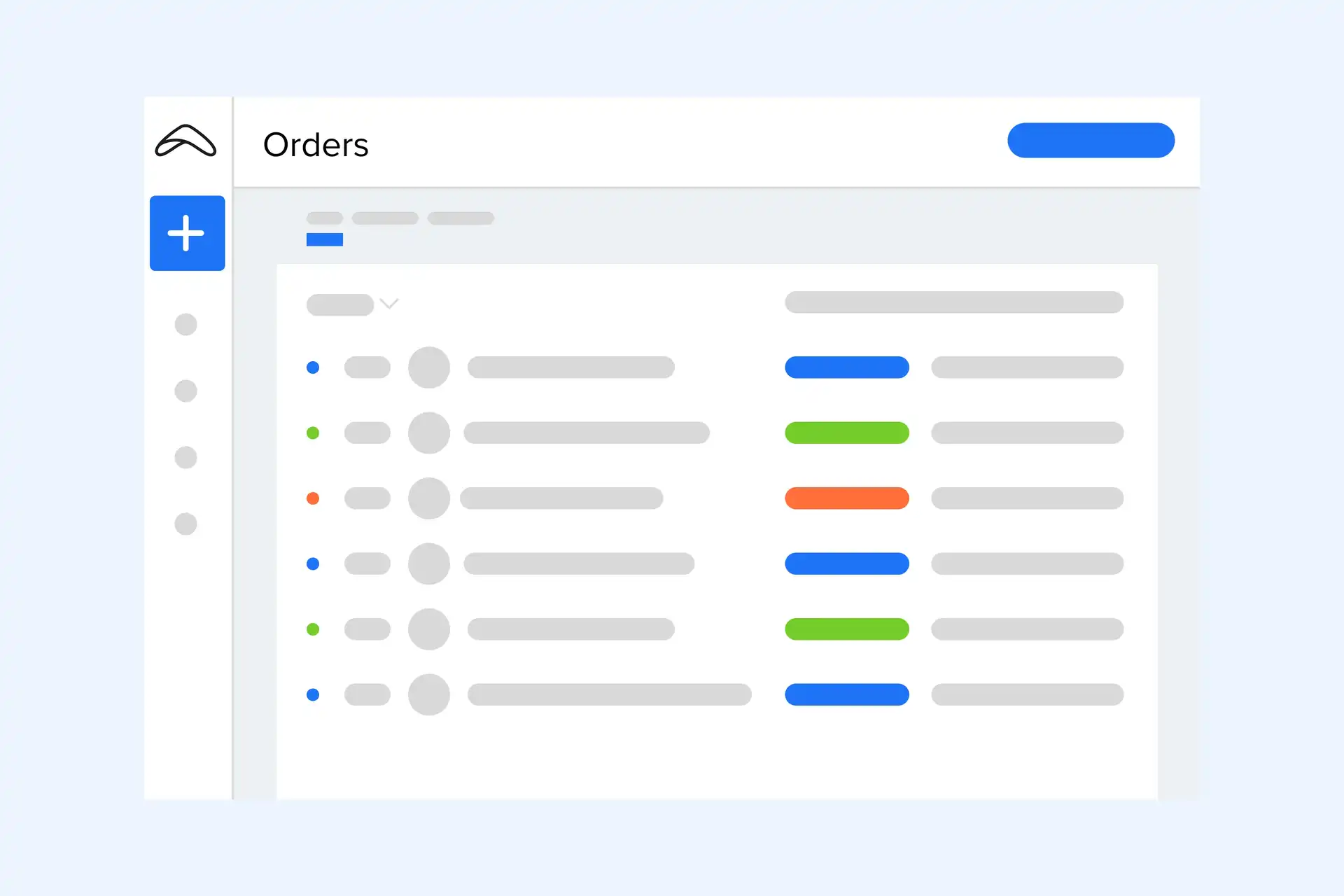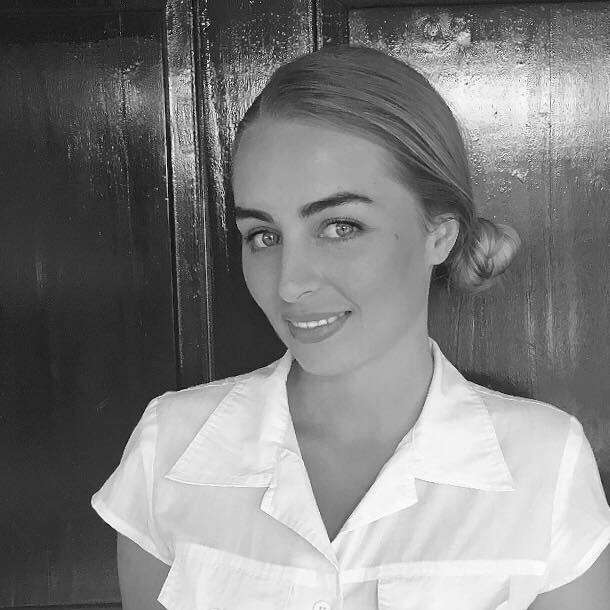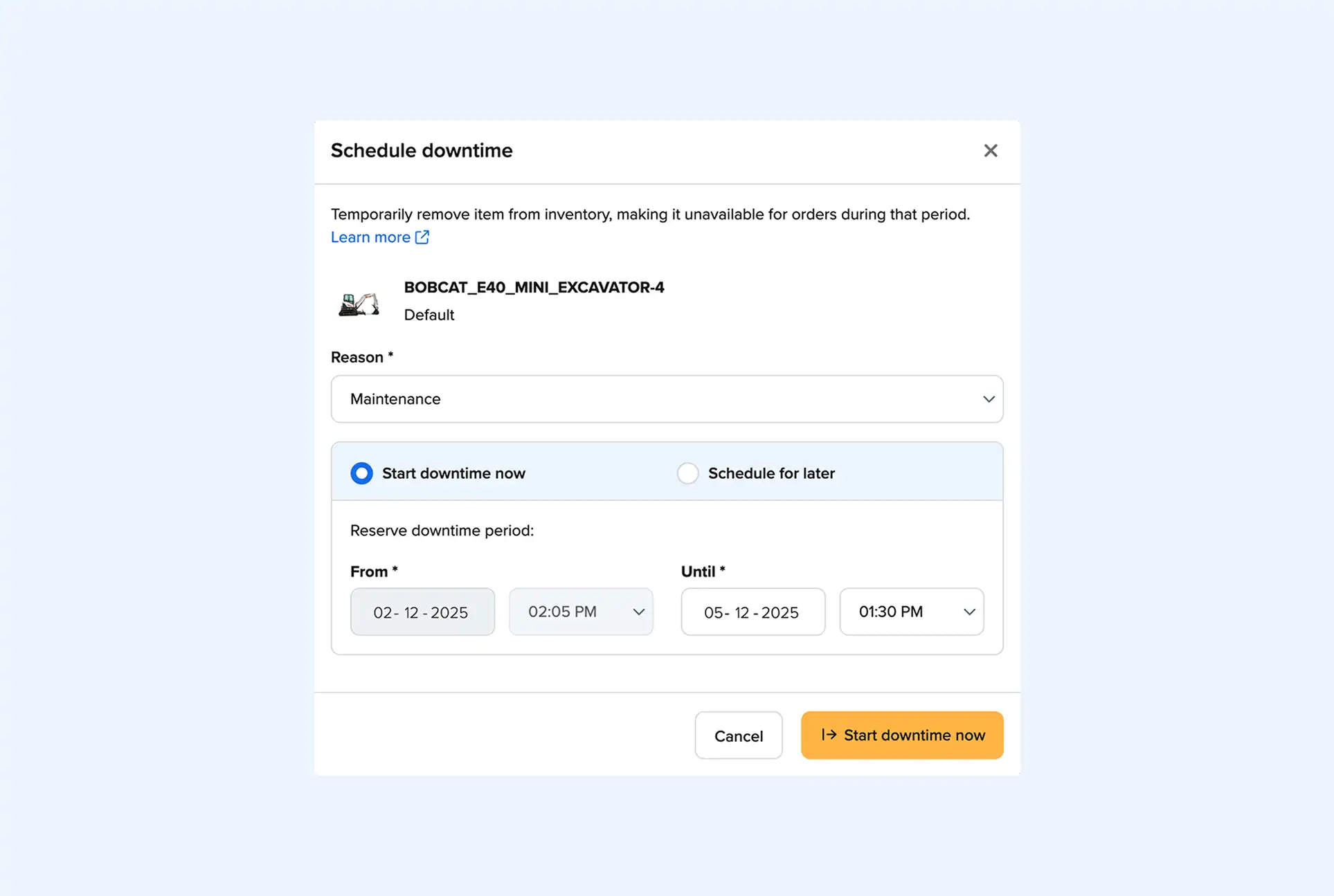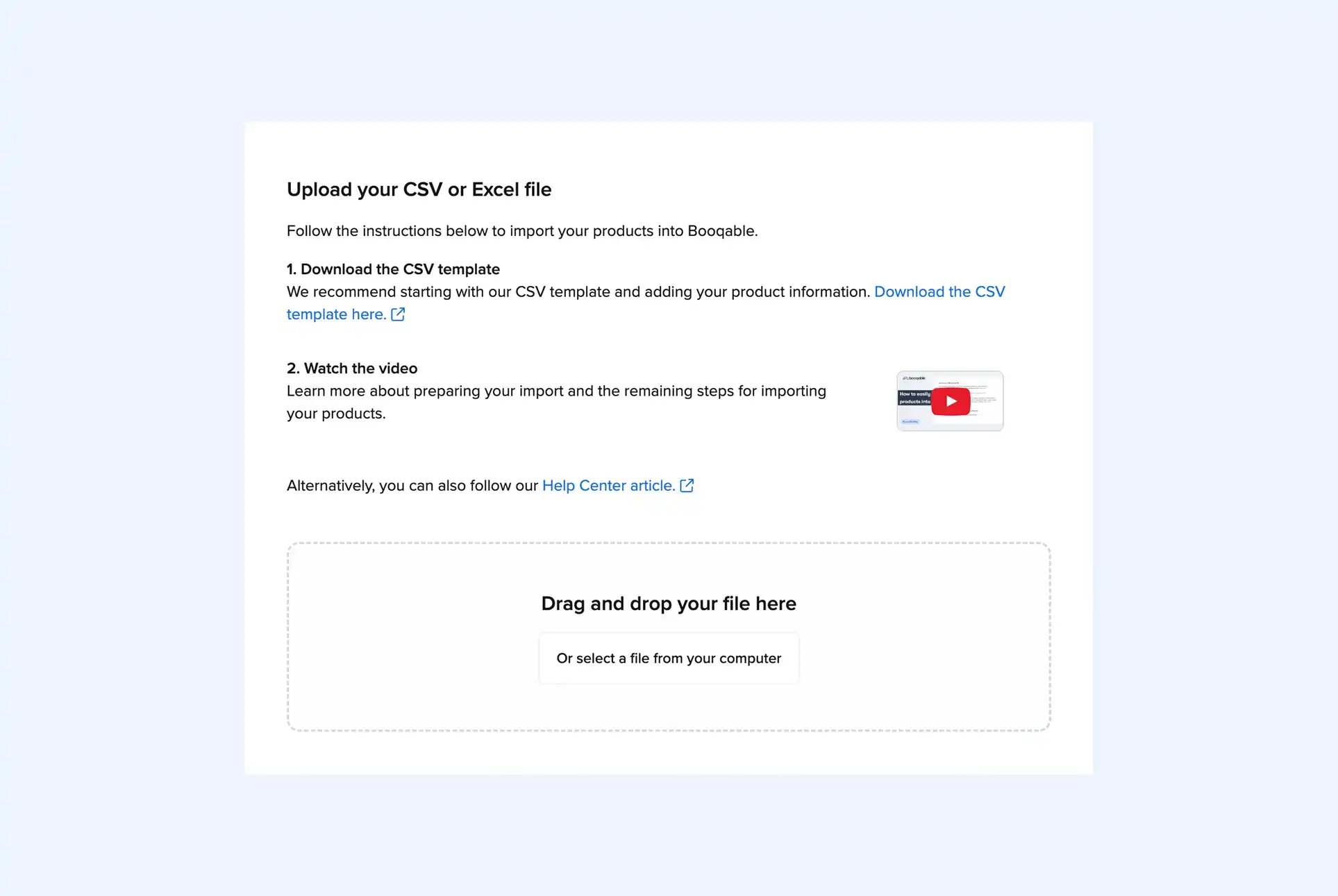Running a rental business today means juggling bookings from in-store conversations, phone calls, and your equipment rental website while trying to keep track of where every item is. When information lives in different places, it becomes difficult to see what is available, what is returning, and what needs your attention.
Order statuses in Booqable help solve these challenges. Each booking receives a clear label and color-coded position in the rental cycle so you always know what stage an order is in and what needs to happen next.
If you run a rental company that deals with fast-moving items such as cameras, lighting kits, bikes, tools, or party gear, statuses give you reliable insight without manual checking. They help you instantly understand each booking, which reduces confusion.
They also help you avoid double-bookings because availability updates at the correct moment. Most importantly, they give staff members access to the same shared information so your team can make decisions with confidence.
These benefits reduce stress and create a more predictable workday.
What are Booqable order statuses?
Order statuses are labels that appear on every rental booking inside Booqable. They are shown on the Orders page, inside each order, and on your dashboard. Each status has a specific color, which makes it easy to identify how far along a booking is at a glance.
Inventory in rental businesses changes constantly. Without a clear breakdown of what is reserved, what is picked up, and what has returned, it becomes harder to make decisions. Order statuses provide a real-time overview so you do not need to sift through messages, spreadsheets, or emails.
If you run a rental company with photography gear, for example, statuses make it simple to check which lenses or camera bodies will be back today and which bookings still need approval before you confirm anything new.
Order statuses align every team member, reduce the need for constant availability checks, and improve accuracy when customers collect or return items. Visual clarity gives you confidence about what is happening across your business.
Start your rental business for just $29/month
Put your toes in the water and test the demand in your area with a rental website for just $29/month.
Getting to know order statuses
Draft
A draft is an order you have started but have not confirmed. Products are not reserved yet, so availability stays open while you gather details or build a quote.
If you run a kayak rental company, drafts let you record customer plans while they confirm their group size or route before you lock anything in.
Reserved
Reserved means products are officially held for the customer’s chosen rental dates. Booqable blocks overlapping bookings automatically.
If you run a party supply rental business, reservations protect popular items like tables, tents, and chairs during busy seasons so they cannot be booked twice.
Picked up
Picked up shows that items have left your location with the customer. You can mark full or partial pickups depending on what was collected.
If you run a ski and snowboard rental shop, marking equipment as picked up helps you track which sets are out on the slopes and which are still waiting to be collected.
Returned
Returned marks items that have come back and allows you to update availability immediately. You can process full or partial returns based on what customers bring in.
If you run a musical instrument rental business, this status helps you record when instruments like keyboards or microphones are back for cleaning or testing before the next booking.
Cancelled
Cancelled closes an order that will not move forward and instantly releases the products back into availability.
If you run a bike hire service, cancellations help free up high-demand bikes quickly when customers change their travel plans or weather conditions shift.
Archived
Archived removes completed orders from your active view but keeps them in your records for later reference.
If you run a construction equipment rental company, archiving older excavator or generator rentals keeps your workspace clean while preserving the order for reporting or customer history.
Start with building your rental website
Every new rental business starts with a website to get their first bookings.
Using statuses to guide your daily schedule
Your Booqable dashboard uses the statuses on your orders to highlight what needs your attention today and tomorrow. Pickups, returns, upcoming reservations, and overdue items all appear automatically, giving you a clear view of what to focus on without searching through your calendar.
If you run an event rental company, seeing all incoming and outgoing equipment in one place helps you plan staff, preparation time, deliveries, and pickups more confidently. The dashboard becomes a simple checklist that updates itself every time you change a status.
Statuses help your team prioritise tasks, reduce missed pickups or returns, and answer customer questions faster. With accurate statuses behind it, your dashboard becomes a reliable guide for running each day smoothly.
Using statuses to guide your daily schedule
Your Booqable dashboard uses the statuses on your orders to highlight what needs your attention today and tomorrow. Pickups, returns, upcoming reservations, and overdue items all appear automatically, giving you a clear view of what to focus on without searching through your calendar.
If you run an event rental company, seeing all incoming and outgoing equipment in one place helps you plan staff, preparation time, deliveries, and pickups more confidently. The dashboard becomes a simple checklist that updates itself every time you change a status.
Statuses help your team prioritise tasks, reduce missed pickups or returns, and answer customer questions faster. With accurate statuses behind it, your dashboard becomes a reliable guide for running each day smoothly.
Creating the perfect order workflow
Using statuses in sequence forms a natural workflow from first contact to completed order. Each step updates availability at the right moment and gives your team clarity, whether the booking starts online or in-store.
A consistent workflow helps every staff member follow the same process and improves customer experience because information stays accurate. It also helps your equipment rental software reflect what is happening in your location.
If you run a business that rents out sound systems or lighting rigs, following these steps ensures equipment is prepared, collected, returned, and recorded correctly.
Every order begins as a draft, where you can add dates, bike models, and accessories without reserving anything until the customer is ready. Once they confirm, you switch the order to reserved so Booqable holds those bikes for the correct dates and prevents anyone else from booking them.
When the customer picks up their bikes, you mark the order as picked up to show the items are out on their ride. After they return everything, you change the status to returned to update availability and check the bikes for cleaning or adjustments. Once the order is fully complete, you archive it, which removes it from your active list but keeps it stored for reference.
No matter what industry you are in, you can adjust this workflow to match your needs. If you run an event rental business for example, you can add steps like sending quotes, invoices, and payment links between these stages to support a more detailed booking process.
Join thousands of rental business owners
In the last 12 months, hundreds of people have started their business with Booqable.
Keeping your rental business in control
Order statuses are essential tools for accuracy inside Booqable. They help you stay organised, prevent mistakes, and keep your equipment rental website in sync with what happens in-store. When each order moves through the correct stages, your dashboard stays reliable and your team can manage bookings with clarity.
With the right status workflow, customers receive a better experience, your staff avoid confusion, and your rental business gains consistency one step at a time.




